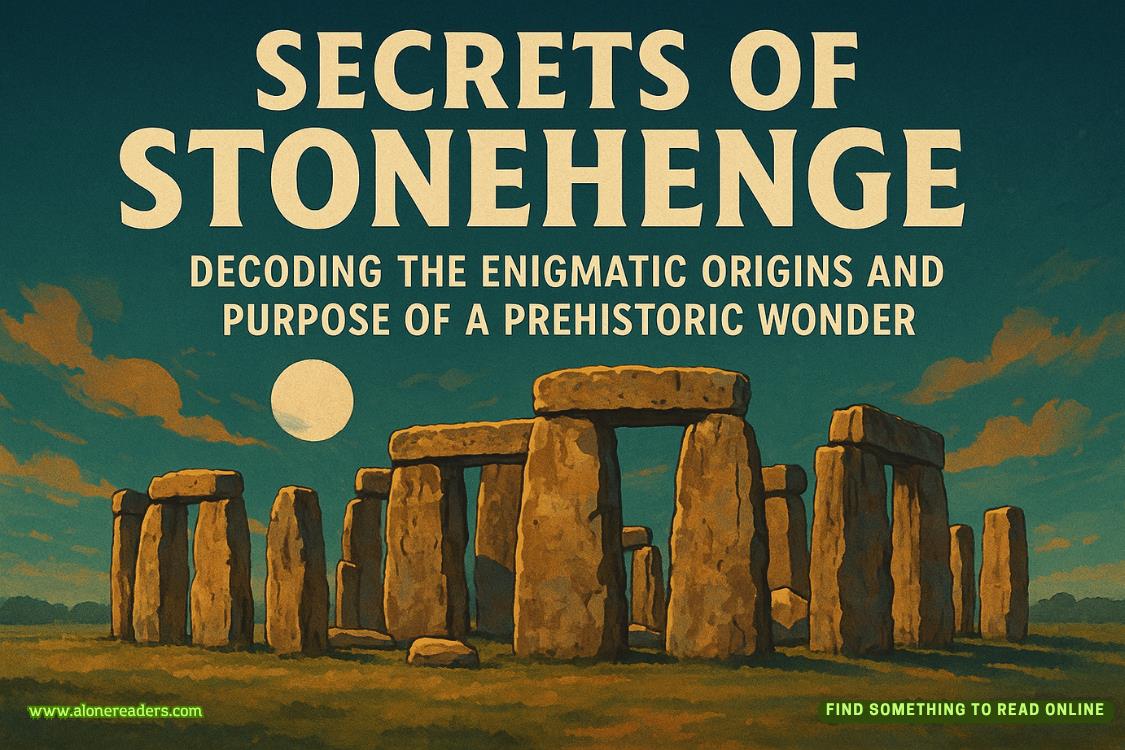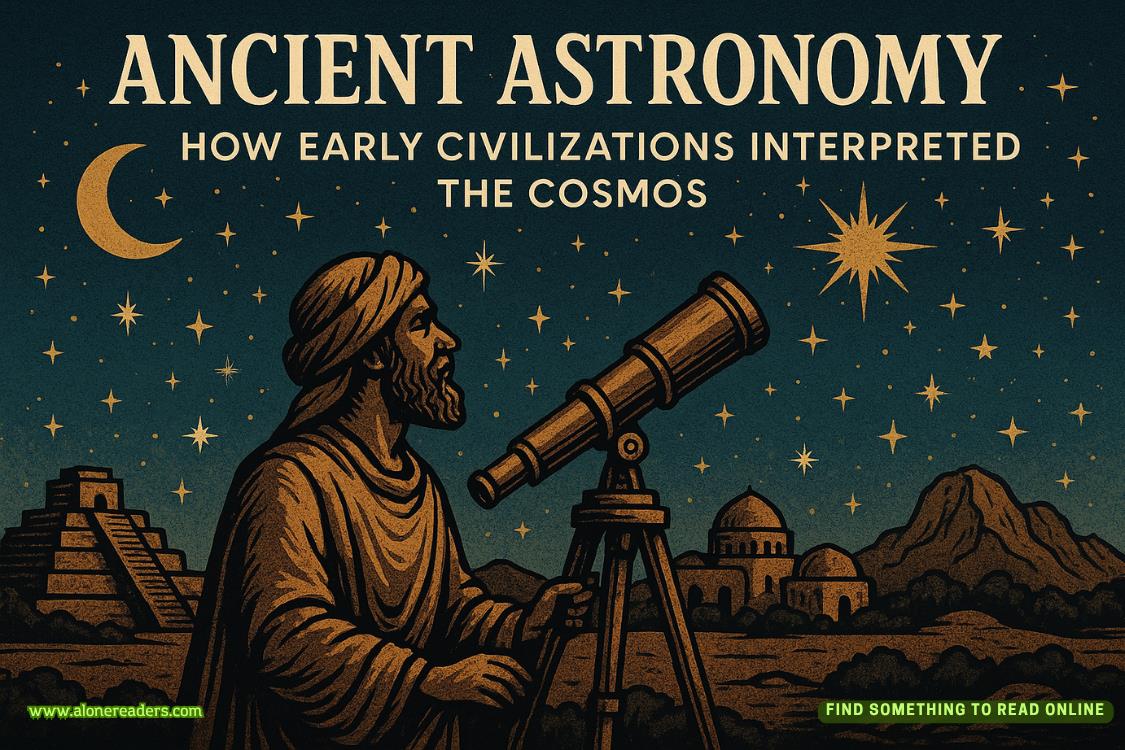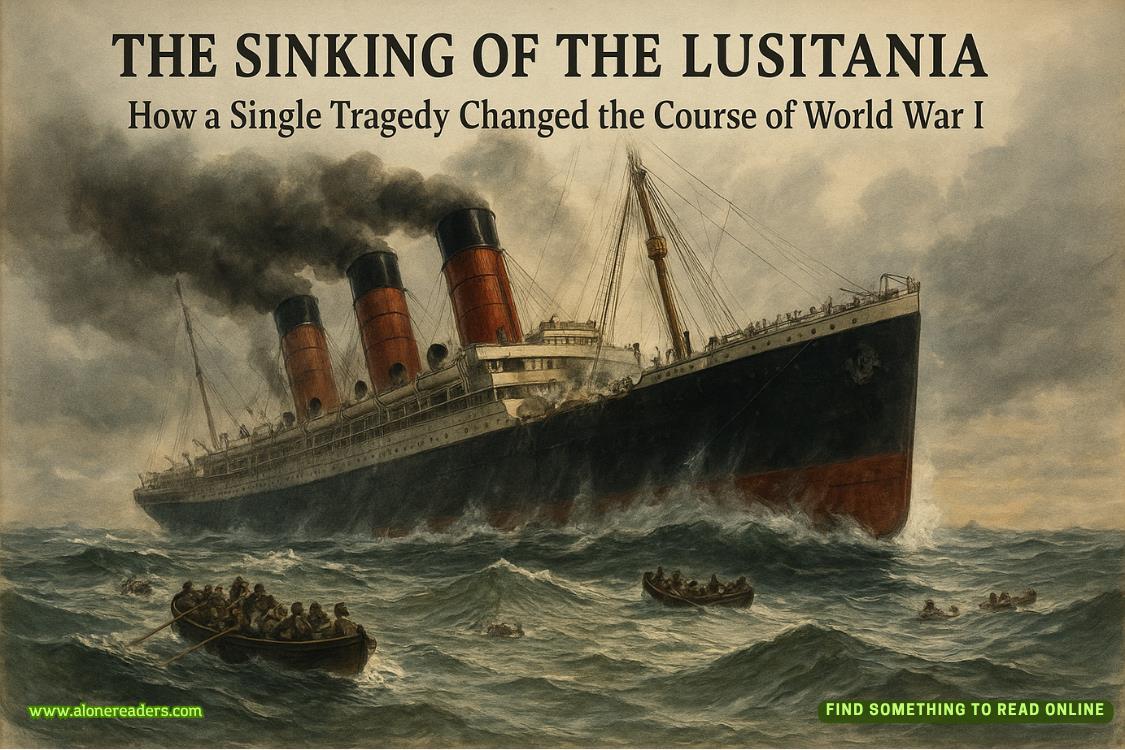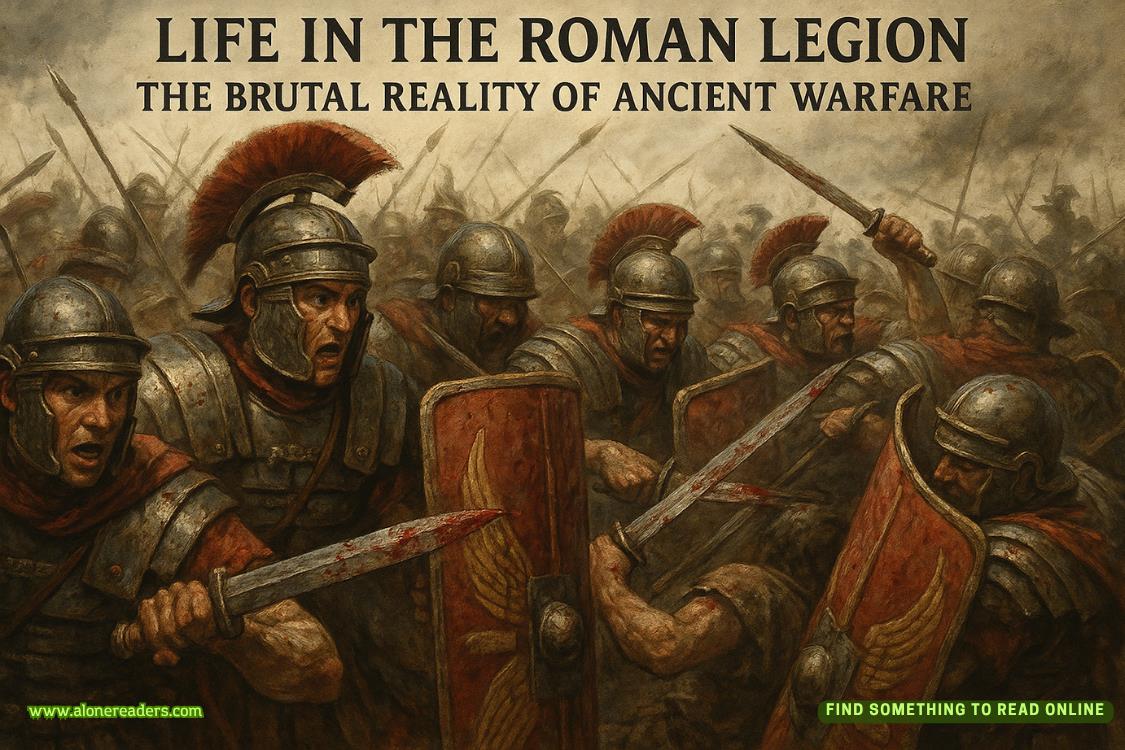Page 31 of The Future Is Blue
Sir Quicktongue knelt before the simple peasant girl. Her red hair cascaded down over her bountiful breasts, past her round hips, nearly to the ground. He didn’t even know her name. The maiden held out his sword to him, whole again at last, in her bare, innocent hands. He burned for her, even as he could not meet her eyes.
Quoth the country rose: “Why do you kneel, Sir Knight?”
“My quest is ended, my lady. I am new-forged in the fires of love,” answered the weary warrior. He rose and took her in his arms, kissing her with all the passion and desperate need he had held back from Nymphoria and Vuvula and all the rest. But the maid only looked at him with sparkling, puzzled eyes.
“What is this ‘love’ you speak of?”
Sir Quicktongue smiled.
“Oh, it’s nothing. Just a strange little custom we have in the country I come from. Have no fear. I will teach it to you.”
The stars began to come out, twinkling up out of the sky like ice cracking. The glow of the television lit the house from within, darkened only by Pemberley’s hands as she placed them on the screen, against the faces of all those strangers, and then her cheek, too, her eyelashes fluttering against the light. By the time anyone felt sleepy, it was past midnight.
Johnny Abalone drank his beer and stepped outside to join Gudrun in the garden. He thought about it for a long time, then circled her waist with his arm. She stiffened, but she didn’t push him away, so that was something.
“Your calendar says today’s a snow day,” he said softly. “I wouldn’t count on it.”
Gudrun turned her face toward his, clear and sharp and with that same wistful, apologizing gaze that had so often looked out at him and everyone else from the evening news. Johnny wondered how he’d never seen it before.
Behind them, the television cut out as quick as a knife. Pemberley screamed for her mother. She couldn’t ever be brave in the dark.
Far below, the lights in the valley vanished, one by one, the Uptown Grand Cinema and the Abalone General Store and the Post Office, the houses and the banks, the bakery and the schoolhouse, and when they had all gone, only a stillness like black nebulas remained.
“It’s nothing,” Gudrun whispered in the sudden, total silence. “Just something my mother used to say.”
Planet
Lion
Initial Survey Report: Planet 6MQ441(Bakeneko), Alaraph System
Logged by: Dr. Savine Abolafiya, Chief Xenoecology Officer, Y.S.S. Duchess Anne
Attention: Captain Agathe Ganizani, Commanding Officer Y.S.S. Duchess Anne
Satellites: Four
Mineral Interest: Iron, copper, diamond, cobalt, scandium, praesodymium, yttrium. Only diamond in desirable quantities. Nothing sufficient to offset cost of extraction.
Sentient Life: None
Strategic Signifigance: None
A small, warm world orbiting the white subgiant Alaraph. Average gravity is more or less comfortable at .85 Earth normal, but highly variable depending on how near it passes to 6MQ440, 6MQ439, and 6MQ450. Twenty hour day, 229 day year. Abundant organic life. Excepting the polar regions, the planet consists of one continuous jungle-type ecosystem broken only by vast salt and fresh water rivers. See attached materials for information on unique flora if you’re into that sort of thing. You won’t find anything spectacular. It does not behoove a xenoecologist to sum up a planet as: trees big, water nice, but I know you prefer me to keep these reports informal, and I have become both tired and bored, just like everyone else. If you’ve seen one little Earthish world, you’ve seen them all. Day is mostly day; night is mostly night; dirt is dirt; water is water. Green is good, most any other color is bad. Lather, rinse, repeat. The fact is, the Alaraph star has a whopping eleven other planets, all gas giants, and each one of them will prove far more appetizing to the powers that be than this speck of green truck-a-long rock.
My team came back calling it Bakeneko due to a barely interesting species of feline megafauna they frequently encountered. The place, I’m told, is crawling with them. Dr. Tum found one sleeping in their cook-pit. We’ve been calling them lions. As you’ll see during the dissection this weekend, the species does somewhat resemble the thylacoleo carnifex of late Pliocene Australia.
Except, of course, that they’re the size of Clydesdales, sexually trimorphic, and bright green.
Imagine a giant, six-toed, enthusiastically carnivorous marsupial lion with the devil’s own camouflage and you’ll have it just about right. The “male” can be differentiated by dark stripes in the fur as well as the mane. The “female” has no stripes, but a ridge of short, dark, dense fur extending from the crown of the head to the base of the tail. The third sex is not androgyne, but simply an entirely separate member of the reproductive circus. We have been calling it a “vixen” for lack of better terminology. No agreement as to pronoun has been reached. The vixen is larger than the male or female and quite a different shade of green—call it forest green instead of emerald green.
The lions represent the only real obstacle to settlement of 6MQ441. Though I have tried to keep my tone light, five attached casualty reports attest to the danger of these creatures. They are aggressive, crepuscular apex predators. There are a lot of them. They show some rudimentary, corvid-like tool-use. (Dr. Gyll observed
one wedging a stick between the skull-plates of a goanna-corollary animal to get at the brain. Dr. Gyll does go on to note that he also enjoyed the flavor of the brain more than the meat.)
At present, I recommend a severe cull before any serious consideration of Bakeneko as a habitable world. See supplementary materials for (considerably) more on this topic.
Moving on to the far more pertinent analysis of the Alaraph gas giant archipelago…















